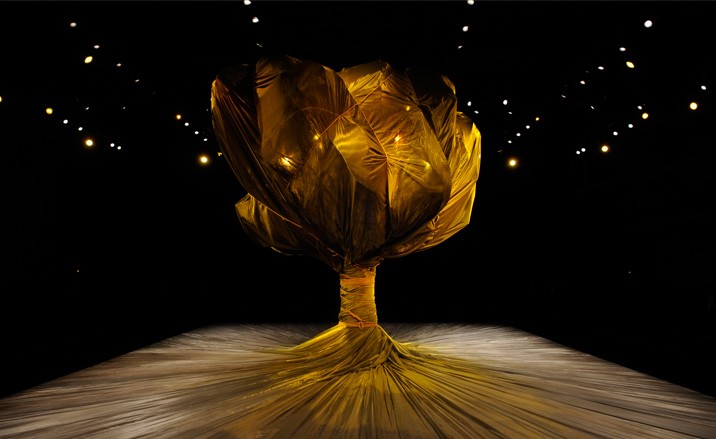 Portrait of Alfred Tennyson by Julia Margaret Cameron, 1865
Portrait of Alfred Tennyson by Julia Margaret Cameron, 1865
“…Sometimes I let a sunbeam slip,
To light her shaded eye;
A second flutter’d round her lip
Like a golden butterfly;
“A third would glimmer on her neck
To make the necklace shine;
Another slid, a sunny fleck,
From head to ankle fine,
“Then close and dark my arms I spread,
And shadow’d all her rest—
Dropt dews upon her golden head,
An acorn in her breast.
“But in a pet she started up,
And pluck’d it out, and drew
My little oakling from the cup,
And flung him in the dew.
“And yet it was a graceful gift—
I felt a pang within
As when I see the woodman lift
His axe to slay my kin…”
Lord Alfred Tennyson
The Talking Oak
(Fragment)
First published in 1842, and republished in all subsequent editions with only two slight alterations: in line 113 a mere variant in spelling, and in line 185, where in place of the present reading the editions between 1842 and 1848 read, “For, ah! the Dryad-days were brief”.
Tennyson told Mr. Aubrey de Vere that the poem was an experiment meant to test the degree in which it is in the power of poetry to humanize external nature. Tennyson might have remembered that Ovid had made the same experiment nearly two thousand years ago, while Johann Wolfgang Goethe had immediately anticipated him in his charming Der Junggeselle und der Mühlbach (The Young Apprentice and the Millstream). There was certainly no novelty in such an attempt. The poem is in parts charmingly written, but the oak is certainly “garrulously given,” and comes perilously near to tediousness.







